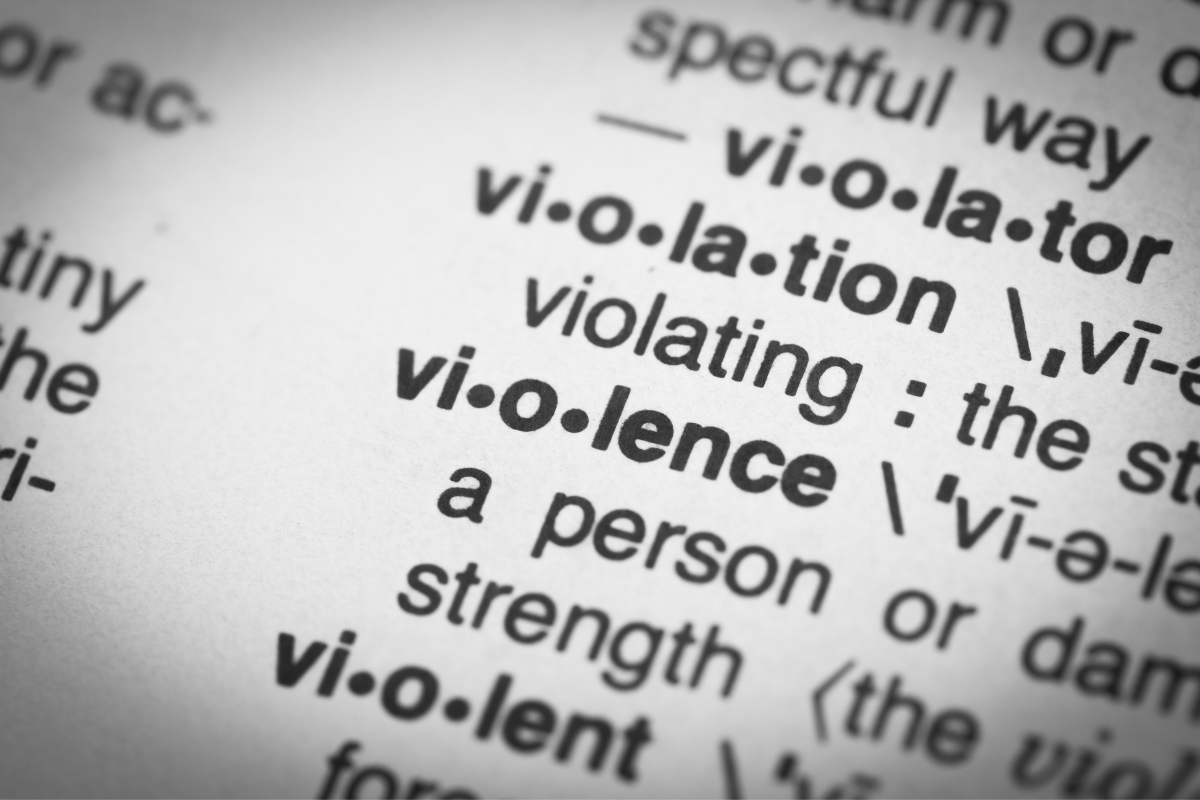When we think of violence, we often picture physical harm inflicted by an external source. However, in Indigenous and Metis communities, another form of violence is often overlooked: lateral violence. This is the violence that occurs between members of a community, and it is a devastating problem that can lead to long-term emotional harm, diminished cultural identity, and weakened community resilience. In this blog post, we will delve deeper into lateral violence, its impact on indigenous and Metis communities, and strategies for recognizing and preventing it.
Lateral violence involves actions that undermine people's sense of safety, unity, and belonging within their own communities. It can take various forms, such as gossiping, spreading rumors, cyberbullying, humiliation, exclusion, and passive-aggressive behavior. These actions result from unresolved traumas, unresolved conflicts, loss of cultural identity, internalized oppression, and the ongoing impact of colonization. Lateral violence can occur in any community but is particularly prevalent in Indigenous and Metis communities because of the centuries of trauma and oppression that these groups have experienced.
The impact of this violence can be severe and ripple through generations. Members who have experienced lateral violence will often feel disconnected from their culture, their traditions, and their community. They may struggle with their identity, have low self-esteem, and be prone to depression, anxiety, and other mental health issues. This violence also affects the resilience and cohesion of the entire community, and perpetuates cycles of trauma that hinder progress towards healing and reconciliation.
Understanding how lateral violence manifests is critical, but it is also important to take active steps to recognize and prevent it. Creating a safe and inclusive environment in our communities can help reduce the incidence of lateral violence. Everyone has a role to play – elders, leaders, community members, youth, and children. We need to foster a culture of empathy, compassion and respect, where differences are celebrated, and conflicts are resolved through open communication and reconciliation.

A simple way of preventing lateral violence is by acknowledging the root cause of the problem. Many people who engage in lateral violence often do so because they have been traumatized in some way, and this pain has never been addressed. By recognizing this trauma and offering healing support, we can find long-lasting solutions to this issue. We can build strong networks of support, such as counseling services, support circles, and other healing modalities within our communities and provide access to these resources when they are needed.
In addition, youth programs and cultural education are essential components in preventing lateral violence in the Metis and Indigenous communities. By educating children and young people about Indigenous cultures and histories, we can help them understand the importance of cultural identity and empower them to take pride in their heritage. It is also important to involve youth in community initiatives and leadership opportunities, such as community service projects, cultural events, and other programs that foster community engagement, team-building and positive relationships.
Lateral violence is a significant problem that affects many Indigenous and Metis communities. It perpetuates trauma, destroys cultural identity, and weakens community resilience. However, by understanding the root causes of this violence, and taking proactive steps to prevent it, we can create a safe, inclusive, and resilient community where everyone thrives. Together, we can build a strong community based on respect, empathy, and compassion, and work towards a better tomorrow for ourselves and future generations.

